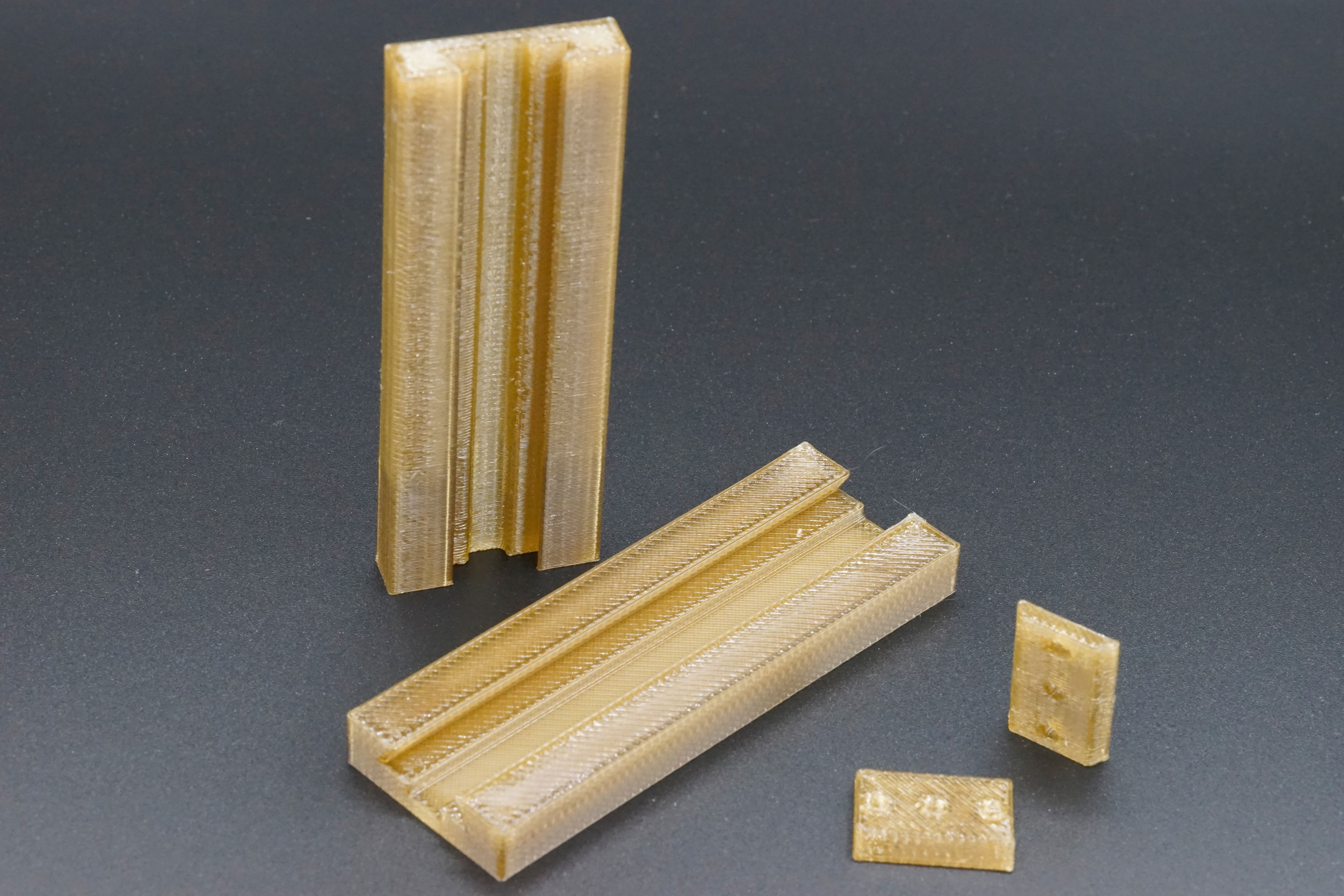Three additive manufacturing processes put to the test
Up to now, the individual components used in stereotactic systems have been manufactured using conventional machining processes, which are both costly and time consuming. Since the systems are not single-use products, but rather have to survive more than 100 operations, stereotactic systems are manufactured in small series. As a result, this drives up the manufacturing costs. A research team from the Center for Additive Manufacturing at the Fraunhofer Institute for Manufacturing Engineering and Automation IPA consequently teamed up with inomed Medizintechnik GmbH to find cost-effective ways of producing high-quality stereotactic systems made of plastic using 3D printing processes.
Together with Lea Braun, Thilo Krüger and Oliver Weihberger from inomed Medizintechnik, Fraunhofer IPA’s Karin Chen and Patrick Springer put three potential additive manufacturing processes under the microscope. These were: Stereolithography (SLA), Selective Laser Sintering (SLS) and Fused Layer Modelling (FLM). The project partners used all three methods to test production of individual stereotactic system components. They then verified to what extent the test prints met surgical criteria.
Ultimately, the FLM process proved to be the best. Polyether ketones or polyetherimides are particularly suitable for use in this application. “These plastics do not interfere with imaging at all”, explains Karin Chen from the Center for Additive Manufacturing. “During testing, the plastic was visible as a transparent, light-gray surface and could be easily distinguished from the bone that we x-rayed”.
